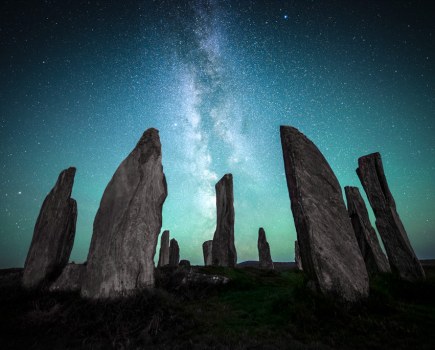 Your easy-to-follow guide to shooting industrial landscapes:
Your easy-to-follow guide to shooting industrial landscapes:
1. Plan Ahead
Research your subject and spend time looking at the relevant Ordnance Survey map. Your desired location may be easy to spot from the road but take time to get to know the local public rights of way and look for other geographic features such as rivers, which may give a clue as to the sort of conditions you may get at dawn or dusk.
2. Get Your Bearings
When you first arrive at a location check that everything is as it should be, locate the public footpath/bridleway you wish to shoot from, or at least make sure you are in the correct field you have permission to be in. Also, make sure you have parked your car so that it’s not causing any obstruction to gateways or access points.
3. Scout The Location
Scout out the location by having a good walk around. Keep your eyes open for interesting angles and views, and if you really need to stray a few metres either side of the right of way so be it; I’ve not yet had a problem. Use your compass to work out the trajectory of the sun, so that you can work out where the sun is going to be and how it will affect your planned shot.
4. Compose Your Image
Set up the camera and compose the image. Now is a good time to check your camera battery levels, and your filters to make sure they haven’t become damaged or dirty, and also to make sure you have enough space on your memory card. While hanging around waiting for the light it’s a good time to do a quick check of the tripod legs which every now and then tend to loosen up – nothing two minutes with the right tool won’t fix.
5. Stay Alert While Shooting
Shoot the image, keeping a close eye on the changing conditions so that you can react to them if needed. Don’t be afraid to shoot plenty of material – after all it’s digital and can be deleted later on at no extra cost. The light could last minutes or could disappear quickly behind cloud in seconds, so be ready to work quickly and methodically.








